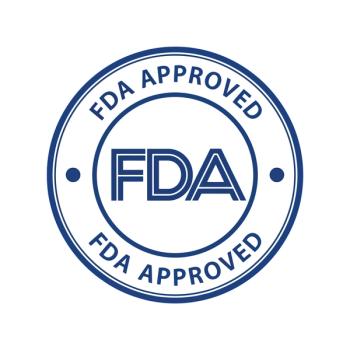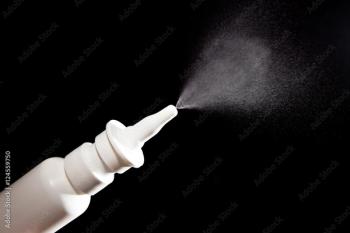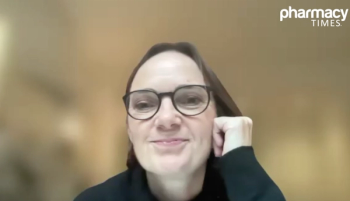
Clinical Perspective: Lenacapavir Demonstrates 100% Efficacy in PURPOSE Trials for Twice-Yearly HIV PrEP
Namrata Shah, MD, highlights lenacapavir’s ease of use, long-acting protection, and the vital role pharmacists play in expanding equitable HIV prevention access.
In an interview with Pharmacy Times, Namrata Shah, MD, highlighted key considerations for pharmacists regarding lenacapavir storage, handling, and administration. Unlike many injectable therapies, lenacapavir does not require refrigeration, making it suitable for a range of healthcare settings, including mobile and community clinics. The injection kit includes oral loading doses for days 1 and 2, with day 1 often administered alongside the injection. Shah emphasized the importance of counseling patients to take the day 2 oral dose as scheduled. Because the injection is viscous, Shah explains that it requires a specific technique and is administered as 2 subcutaneous injections in separate quadrants of the abdomen, thigh, or upper gluteal area.
Shah also discussed lenacapavir’s role in expanding HIV prevention options, particularly for patients with adherence challenges or limited access to care. Pharmacists can play a crucial role by providing education, counseling, adherence support, and, depending on state regulations, administering the injection. Shah noted the empowering potential of twice-yearly dosing, which reduces the daily reminder of HIV risk and may help reach underserved populations more effectively.
Pharmacy Times: What are the key considerations pharmacists should be aware of regarding storage, handling, and administration of lenacapavir in various practice settings?
Namrata Shah, MD: One of the key things to keep in mind is that lenacapavir for prevention does not need to be refrigerated. This makes it adaptable to various healthcare delivery settings—whether community-based or mobile outreach. The injection kit comes with all the components needed for administration, including the oral loading doses for day 1 and day 2. In the PURPOSE 2 trial, where I was an investigator, we watched participants take the day 1 oral dose at the time of the day 1 injection. It’s easy to administer at the same time.
It's important to remind patients to take the Day 2 oral dose the following day—2 tablets total. The injection is viscous, so providers should familiarize themselves with the injection technique. It is not like a typical subcutaneous injection and requires more effort to deliver. At each time point, 2 subcutaneous injections are administered in two separate quadrants. Currently approved sites include the abdomen, thigh, and upper gluteal area.
Pharmacy Times: As new long-acting HIV prevention tools emerge, how do you see lenacapavir fitting into the broader PrEP landscape, and what role can pharmacists play in expanding equitable access?
Shah: With every new prevention option, there's potential to engage high-priority populations and diversify the prevention toolkit. Lenacapavir can be transformative for those who struggle with daily oral adherence, prefer less frequent injections, or have conditions that make intramuscular gluteal injections—like cabotegravir—less favorable. From the IQVIA database, we know that typical urban PrEP seekers travel 6.2 miles to reach a provider, while rural seekers travel 36 to 39 miles. Distance to a provider is a barrier. Pharmacists are uniquely positioned to expand access—especially in areas with provider shortages. Pharmacists can provide education and counseling and help patients navigate all available PrEP options, dispel misconceptions, and support informed decision-making. They can also assist with adherence through reminders, follow-ups, and refill confirmations.
For lenacapavir, specifically, the day 2 oral loading dose requires patient follow-through, and pharmacists can support this in their workflows. Depending on regulations, pharmacists may even administer the injection. Another key role is identifying drug-drug interactions. Lenacapavir has complex interactions, particularly with CYP3A inhibitors. Pharmacists can flag these early—before the patient sees a provider. Without pharmacy support, prevention efforts will lag. I’m very supportive of expanding their role.
Pharmacy Times: Is there anything else that you would like to add?
Shah: As the principal investigator for the PURPOSE 2 trial, I find the data on the robust efficacy and extended dosing interval of subcutaneous lenacapavir particularly compelling. I’ve seen firsthand how participants felt empowered by the twice-yearly option. It offers protection without the daily reminder of HIV risk, and that’s transformative. This approval reinforces the expanding evidence base for long-acting regimens as critical components of our HIV prevention toolkit. I'm truly excited to see where this goes and to offer this option to patients.
Newsletter
Stay informed on drug updates, treatment guidelines, and pharmacy practice trends—subscribe to Pharmacy Times for weekly clinical insights.












































































































































































































